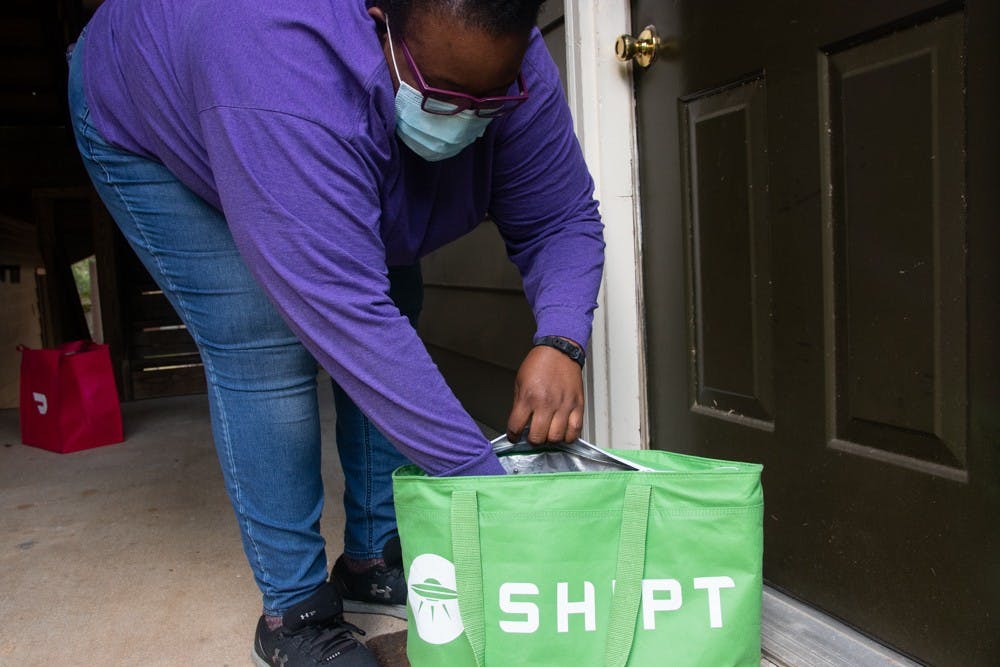Caroline Jones had the idea to become a food delivery driver when she and her roommates were looking for part-time jobs this summer after COVID-19 canceled their initial summer plans.
Jones, a senior at UNC studying public policy and communications, started driving for Postmates in June.
“My expectations were so high that I considered halting my job search and having Postmates as my only job,” Jones said.
Jones eventually decided to stop delivering for Postmates to avoid putting too much strain on her car. She said there were a few instances where she felt unsafe delivering food that also influenced her decision.
“During pickup for some restaurants I had to wait inside for 15 to 20 minutes for the meal surrounded by many people who were maskless, which was another source of discomfort for me,” Jones said. “However, there was definitely increased demand for Postmates because of COVID, so during lunch and dinner time, I was pretty much guaranteed to make decent money for a few hours of work.”
Jones recently started a marketing position with Good Uncle, a food delivery service new to the Chapel Hill area.
Jones is one of several students who turned to delivery services after COVID-19 outbreaks disrupted their plans for the summer. Delivery apps like Uber Eats, Grubhub and DoorDash have surged in popularity during the pandemic – Uber Eats orders grew 113 percent year over year in the second quarter of 2020.
Recent UNC graduate Blake Johnson began delivering for goPuff, a delivery service with an inventory much like a convenience store, about a month ago after his full-time position at Ernst & Young was postponed until January.
“I moved back home and wanted a flexible, easy job that would allow me to make some money in this in between time of being done with school and starting my full-time job,” Johnson said.



